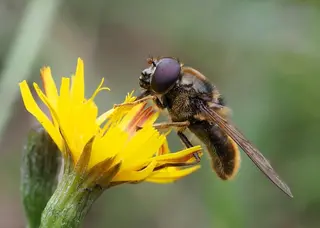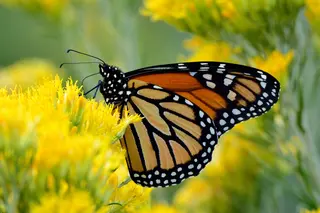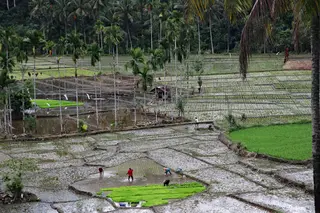Leading global species conservation science
IUCN leads in the production of conservation tools to monitor the status of the natural world and measure progress towards achieving global goals.
Animals, fungi and plants are essential to a healthy planet, but growing pressures from human activities are increasingly putting them at risk of extinction. Understanding the health of the world’s biodiversity is essential to inform and guide conservation action. IUCN is at the forefront of the global fight to save species from extinction, through our work in species conservation science.

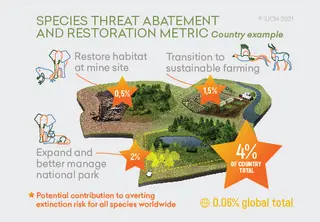
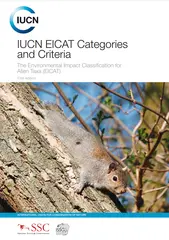
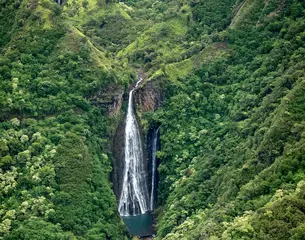
IUCN leads in the production of conservation tools to monitor the status of the natural world and measure progress towards achieving global goals.
of species assessed on the IUCN Red List of Threatened Species™ are at risk of extinction.
of global extinction risk reduction could be achieved by restoring habitats, according to the Species Threat and Abatement metric.
The IUCN Red List of Threatened Species™ is the world’s most comprehensive information source on the global extinction risk status of animal, fungus and plant species. The Red List Index shows trends in overall extinction risk for species groups.
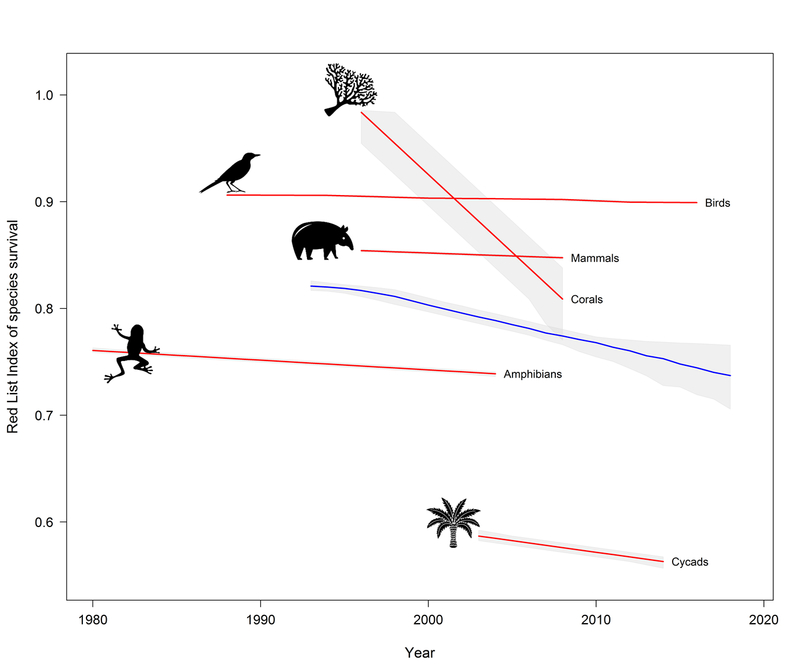 Photo: The IUCN Red List of Threatened Species™
Photo: The IUCN Red List of Threatened Species™
The Environmental Impact Classification for Alien Taxa (EICAT) is the IUCN global standard for measuring the severity of environmental impacts caused by animals, fungi and plants living outside their natural range. The Global Invasive Species Database is managed by the IUCN Species Survival Commission Invasive Species Specialist Group (ISSG) and the Global Register of Introduced and Invasive Species is an ISSG led initiative.
As part of the Key Biodiversity Areas Partnership, IUCN supports the vision of the KBA Programme to identify, document, manage, resource and safeguard a comprehensive network of sites that contribute significantly to the global persistence of biodiversity.
Based on IUCN Red List data, the Species Threat Abatement and Restoration (STAR) metric estimates the contribution that investments can make to reducing species’ extinction risk.
The Contributions for Nature Platform brings together IUCN’s established metrics, including STAR and the Restoration Barometer, to calculate the proportion of global goals that conservation work could deliver in a given place.
IUCN provides scientific information and technical advice to support the development of international, regional and national conservation policy, including the Convention on Biological Diversity (CBD), Convention on the Conservation of Migratory Species of Wild Animals and Convention on International Trade in Endangered Species of Wild Fauna and Flora.
The IUCN Red List provides indicators for the United Nations Sustainable Development Goals, particularly Goal 14: Life Below Water and Goal 15: Life on Land.
The Global Species Action Plan offers support to assist governments and other stakeholders to take all the actions needed to meet global goals to prevent extinctions and improve the status of wild species.
The Reverse the Red movement aims to unit tools and partnerships to support countries in delivering CBD targets.
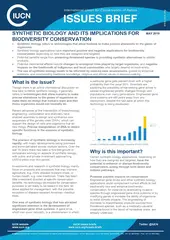
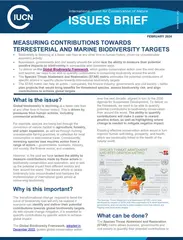
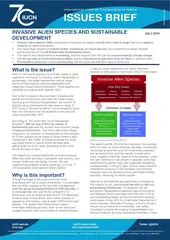
IUCN’s Members, Commissions and Secretariat from all over the world work together on species conservation science.
The active participation of IUCN Members and Commissions supports the production of conservation tools hosted by the Secretariat. For example, the IUCN Red List is made possible through the Red List Partnership, and the Contributions for Nature Platform is open to all IUCN constituents to submit their work. IUCN co-hosts the KBA Secretariat with Birdlife International, and is one of 13 organisations in the KBA Partnership.
The Species Survival Commission is a science-based network of more than 10,500 volunteer experts, who provide specialist knowledge of animal, fungus and plant species.
The Secretariat’s Science and Data Centre includes the Science and the Biodiversity Assessment and Knowledge teams, with experts on the IUCN Red List, freshwater biodiversity, invasive alien species and key biodiversity areas.
